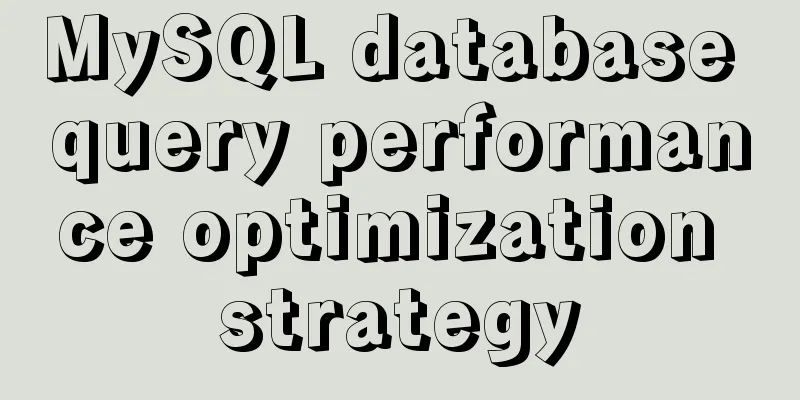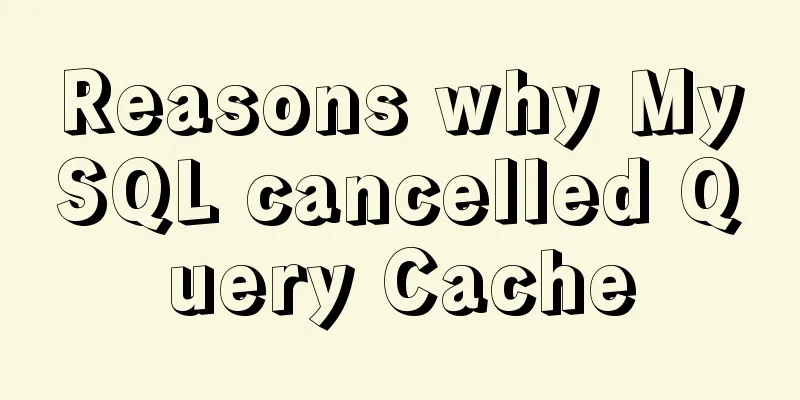How to authorize all the contents of a folder to a certain user in Linux?

|
【Problem Analysis】 We can use the chown command. ch here stands for change, and own stands for the English word owner. Together, they mean change owner, which changes the owner of a file or folder. Generally, only the root user has permission to use this command, and it is also a frequently used command. Here comes the question! If I want to grant permission to a folder and all its sub-contents to the mysql user, how can I do this? What about the operation? 【Solution】 We can add the -R parameter to achieve this -R: Make the same owner change to all files and subdirectories in the current directory (i.e. change them one by one in a recursive manner) For example: I want to authorize landui.com to the mysql user
This is the directory structure of landui.com
We authorize the entire folder to the mysql user
Let’s take a look at the current permissions.
We can see that all authorizations are successful, indicating that this parameter is available. The above is a detailed introduction of how to authorize all the contents of a folder in Linux to a certain user. I hope it will be helpful to you. If you have any questions, please leave me a message and I will reply to you in time. I would also like to thank everyone for their support of the 123WORDPRESS.COM website! You may also be interested in:
|
<<: How does JS understand data URLs?
>>: Analysis of MySQL concurrency issues and solutions
Recommend
JavaScript to achieve full or reverse selection effect in form
This article shares the specific code of JavaScri...
Detailed explanation of Linux zabbix agent deployment and configuration methods
1. Install zabbix-agent on web01 Deploy zabbix wa...
Learn Hyperlink A Tag
ask: I have styled the hyperlink using CSS, but i...
Example usage of JavaScript tamper-proof object
Table of contents javascript tamper-proof object ...
Detailed explanation of the pitfalls of nginx proxy socket.io service
Table of contents Nginx proxies two socket.io ser...
A debugging process record of Chinese garbled characters in the Tomcat source code startup console
Find the problem Today I am going to study the to...
Practice of deploying web applications written in Python with Docker
Table of contents 1. Install Docker 2. Write code...
Summary of common problems and solutions in Vue (recommended)
There are some issues that are not limited to Vue...
How to create Baidu dead link file
There are two types of dead link formats defined b...
Solve the problem of using less in Vue
1. Install less dependency: npm install less less...
MySQL joint index effective conditions and index invalid conditions
Table of contents 1. Conditions for joint index f...
Detailed explanation of the difference between alt and title
These two attributes are often used, but their di...
Vue implements simple image switching effect
This article example shares the specific code of ...
MySql index detailed introduction and correct use method
MySql index detailed introduction and correct use...
MYSQL transaction tutorial Yii2.0 merchant withdrawal function
Preface I am a PHP programmer who started out as ...















